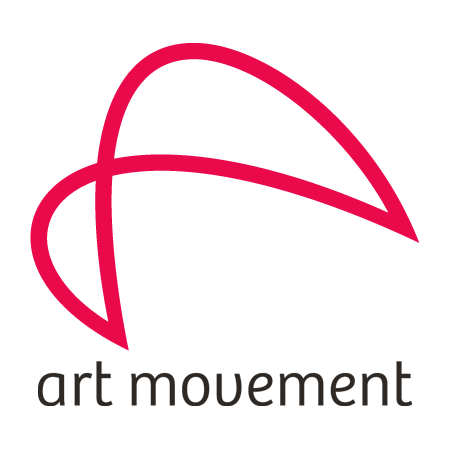V tomto projektu spolupracujeme s vybranými pražskými základními školami na integraci žáků, pro které není čeština jejich mateřským jazykem. Chceme napomoci přijímaní rozdílných kultur a zároveň zvýšit kvalitu vzdělávání dětí /nejen/ s odlišným mateřským jazykem /OMJ/.
Naše metoda je založená na zážitkové pedagogice, kulturním přesahu a zapojení členů místních komunit, včetně rodičů dětí s OMJ.
Projekt se realizuje od 1. 11. 2021 do 31. 10. 2023.
A co všechno bude součástí ?
- vytvoříme scénáře vzdělávacích inkluzivních worskhopů DUŠEHRAJ /odlišné pro první a druhý stupeň/
- připravíme infomateriály k workshopům a odpilotujeme je pro 700 dětí na dvou pražských ZŠ
- natočíme tématické filmy – spoty do nově připravené zážitkové instalace
- zorganizujeme dva multižánrové inkluzivní festivaly DUŠETAJ /prezentace žáků, diskuse s odborníky, storytelling známé osobnosti s OMJ, divadlo, hudba, tématické foodtrucky, atd./
Festivaly budou vyvrcholením aktivit na každé základní škole. Tento formát jsme zvolili jako dostatečně neformální a přitom účinný způsob jak představit tématiku OMJ nejen žákům ZŠ, ale celé místní komunitě /rodiče a ostatní členové rodin, učitelé, místní obyvatelé, podnikatelé a organizace, atd./. Chceme představit to nejlepší z mixu kultur, které spolu v dané lokalitě interagují a vyzdvihnout v čem se od sebe navzájem můžeme učit a co nás spojuje.
Přidanou hodnotou projektu bude prostor pro rozvíjení spolupráce a neformálních partnerství a také posilování dětí vztahu k místu, kde bydlí a kam chodí do škol.
Projekt považujeme za pilotní, nyní tedy připravíme jeho základní strukturu a na další ZŠ již zamíříme s verzí po zapracování feedbacku od jeho účastníků.
Projekt DUŠE TAJE je spolufinancován Evropskou unií.
Podpořen v rámci operačního programu Praha – pól růstu.
Cílem projektu je zvýšení kvality vzdělávání prostřednictvím posílení inkluze v multikulturní společnosti. / 1.11.2021 – 31.10.2023 /

PROJEKT REALIZUJE A POŘÁDÁ:


